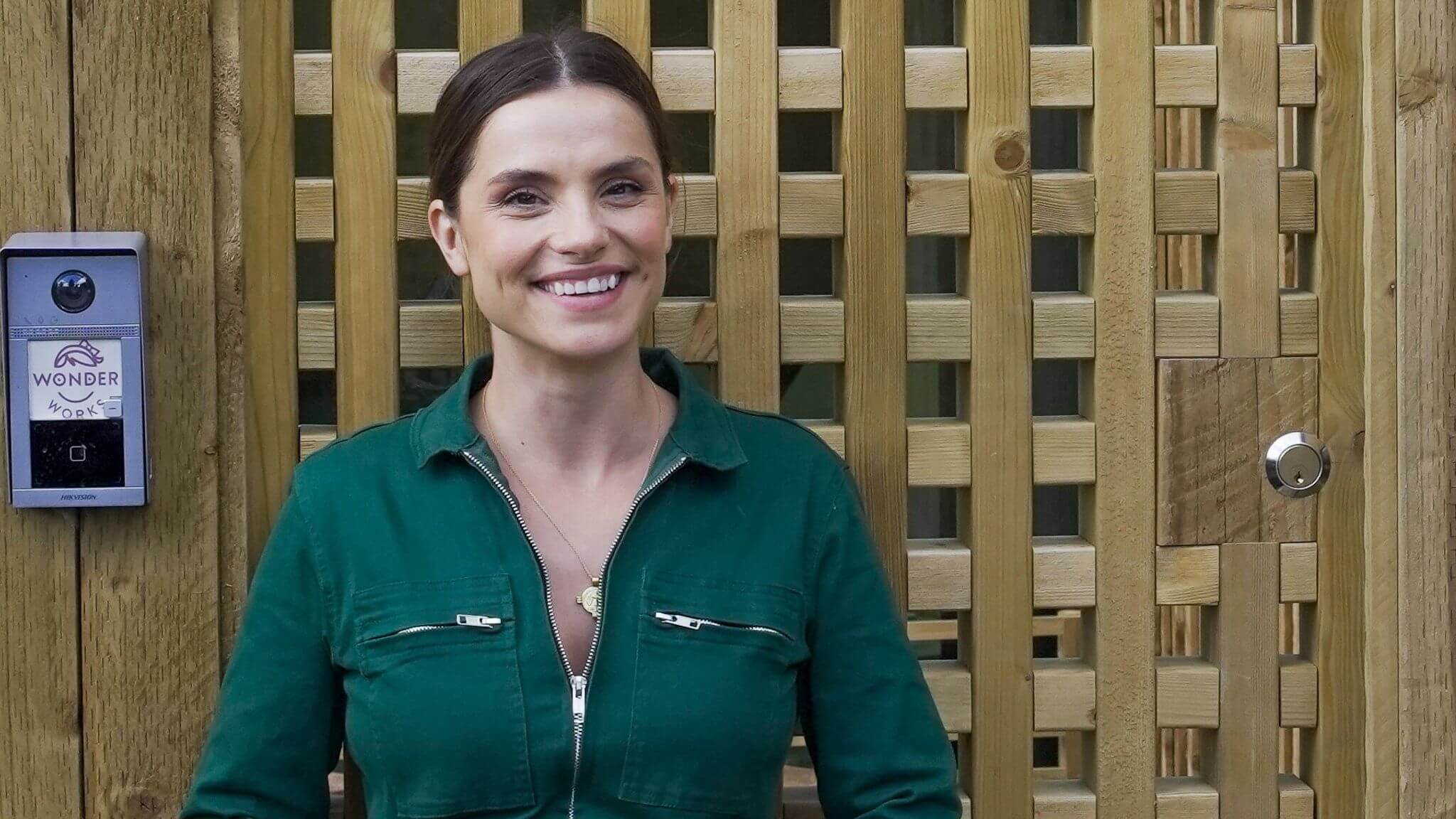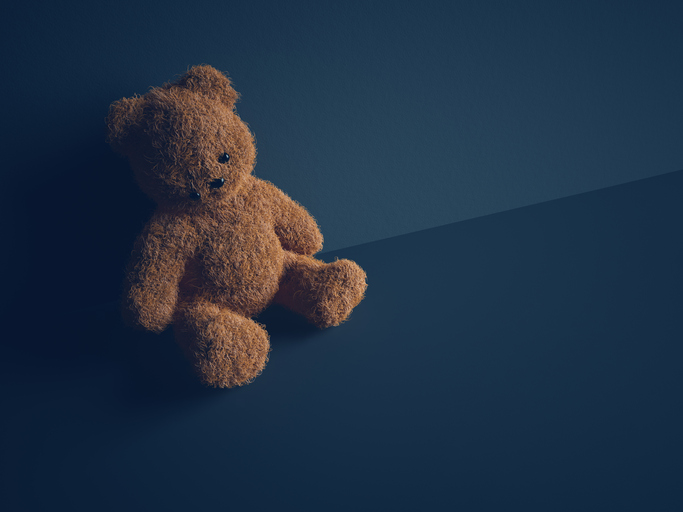
Do you remember those long car drives with your family as a child? You would stare out the window for hours (and I mean…hours). You would use that time to transport yourself into an imaginary world. A time to dream of all sorts of things. That is just what that time was meant for. A time to dream and for your mind to be creative. A time to do nothing but to be alone with your own thoughts.
In the 21st century, finding time to do nothing is something we all find increasingly difficult. The brain is constantly being bombarded with information. From radio, to 24-hour news to social feeds and that constant ping of emails. Busyness serves as a kind of existential reassurance, a hedge against emptiness. But a completely rammed diary which demands your time every hour of the day is thoroughly exhausting and doesn’t need to be worn as a badge of honour.
So, what about you? How are you?
When was the last time someone asked how you really are and when you felt you had an hour or so to yourself to do…nothing?
Switching off is quite a skill. Many of us find it difficult to switch off. We’re too busy to stop. We even forget what it feels like. So much so, that when we finally do, we feel like we’re wasting time. We feel guilty for being “lazy.” Or we feel some sudden pressing need to check an electronic device, to see if someone needs us, or to make sure we haven’t missed something important in those past few minutes that we’ve tried to slow down and rest. So, could it be that we have forgotten how to be bored? How to do nothing?
It feels good to be in some kind of control, to finish projects, complete tasks and attain our goals, creative and otherwise. But whether caused by creative projects or by a demanding life, slowing down and doing less has the paradoxical effect of allowing you to do more.
I was reading an interesting article that some people are at their most creative when they are still as the default mode is activated. This involves, amongst other areas, the prefrontal cortex (or higher brain), where the memories are stored. This network links random thoughts and sparks new connections, meaning when you are bored or quiet, you could be at your most creative. Stillness is not a popular thing. Neither is silence. But both are necessary for our health and wellbeing. Slowing down takes work and it takes practice. We are programmed to move swiftly, rushing from one task to another and forgetting to pause to be present. In turn, this activates the body’s stress response and has grave consequences for the brain. It also can lead to a learned state of stress, which creates the inner conditions that — perhaps ironically — make you more susceptible to further overwhelm.

Why your Brain needs Downtime
Downtime is necessary. Moments of stillness affect your brain’s entire processing, as well as reactivity and ability to cope with overwhelm. Who knew that we need downtime for optimum brain efficiency. Even though people feel entertained, even relaxed as they multitask or pass each free moment as we scroll through our smartphones, our brains are missing out on valuable processing and recovery time. Yet it is only when we let go of the need to do more than we comfortably can that we connect with our truest self.
So if there is one thing I really hope you get to achieve this Easter bank holiday weekend, I hope you get the opportunity to sit still and do nothing, even if it is for a short time.




Leave A Comment